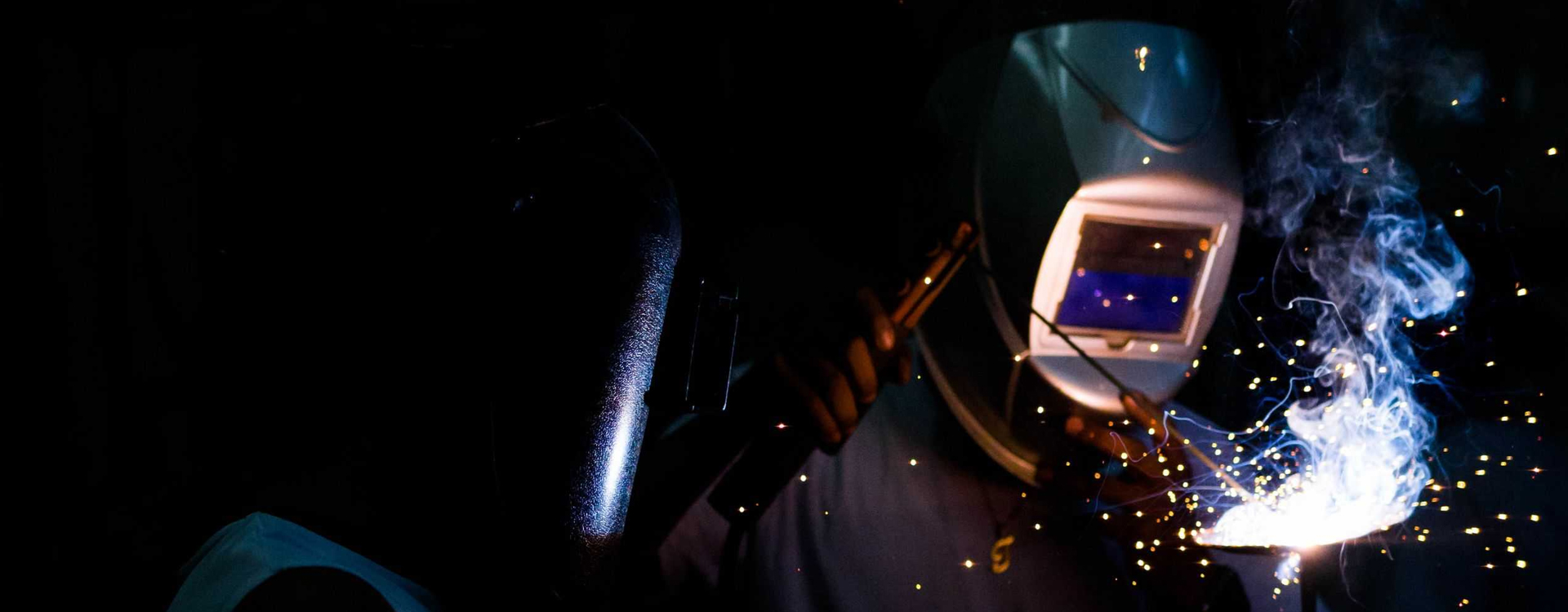Seminar Details
Copper (Cu) electrochemical deposition (ECD) on graphite was studied using Cu (noble metal) and Ni (active metal) to investigate nucleation and growth processes. Cu depositions were analysed under varied potentials, ion concentrations and temperatures in both acidic and alkaline baths. The electrodeposition was investigated by various techniques cyclic voltammetry (CV), chronoamperometry (CA), electrochemical impedance spectroscopy (EIS), X-ray diffraction (XRD), atomic force microscopy (AFM) and scanning electron microscope (SEM). Selected potentials from CV were used for i&ndasht curves and EIS. Nyquist and Bode plots revealed charge transfer at high frequencies and diffusion at low frequencies, confirmed by equivalent circuits. The influence of potential on double-layer capacitance, diffusion coefficient, and layer thickness was explored. Morphological analysis showed a change from spherical to dendritic Cu structures with increasing potential.
The effect of pH on copper electroplating from a cyanide-free alkali medium was studied using copper sulphate, glycine, and sodium hydroxide. Electrochemical impedance spectroscopy (EIS) was used to analyze phase transformations under varying ion concentrations (0.01, 0.05, and 0.1 M), temperatures (5&ndash20 °C), and deposition potentials (-0.56 V, -0.66 V, -0.76 V) determined from CV. EIS revealed that low ion concentration (0.01 M) favoured mass transfer control. High potentials and ion concentrations showed more uniform films than low potential and ion concentrations. A deposition mechanism was proposed based on double layer capacitance and charge transfer resistance along with film resistance.
Again, CV, CA and EIS are used to investigate Ni electroplating from three different types of electrolytic baths- sulphate, chloride, and watts at silent and ultrasonic conditions. The nucleation and growth mechanism were examined using the EIS method, and it was found that ultrasound had a discernible impact. After applying an applied potential of -1.4 V to deposit nickel, two unique depressed semicircles were observed in the impedance spectrum. These semicircles' frequency and capacitance varied according to the different electrolyte compositions, providing insight into the deposit morphology.



